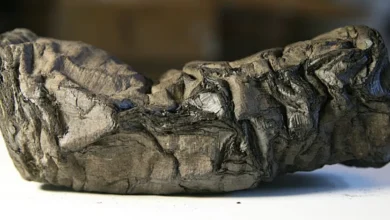Rich or poor? Study reveals how your face shape can determine that

In a groundbreaking study conducted by the University of Glasgow, researchers have revealed a fascinating connection between facial features and societal judgments about wealth and social standing.
The study, which involved thirty young, white, native English-speaking participants with an average age of 22, explored how the shape of one’s face influences perceptions of being “rich” or “poor.”
The findings shed light on the subtle biases ingrained in appearance-based judgments, uncovering potential long-lasting effects on individuals.
The study tasked participants with evaluating 3D models of faces, prompting them to make judgments not only on perceived wealth and social standing but also on traits such as competence, warmth, dominance, and trustworthiness.
The participants’ responses unveiled a striking correlation between facial features and societal perceptions.
Rich vs. Poor Faces:
According to the study, faces deemed ‘rich’ exhibited characteristics such as chiseled features, raised eyebrows, and rosy cheeks.
These features not only contributed to the perception of wealth but also made these faces appear more trustworthy, capable, and honest.
In contrast, faces considered ‘poor’ displayed lowered eyebrows, shorter chins, and cooler skin tones, fostering an impression of coldness and untrustworthiness.
Lead author Dr. Thora Bjornsdottir highlighted the potential long-lasting consequences of such appearance-based judgments.
Individuals perceived to be of high or low social class are often judged as having advantageous or unfavorable traits, respectively. Dr. Bjornsdottir emphasized how these judgments, solely based on facial appearance, could lead to substantial disadvantages for those perceived as belonging to a lower social class.










